Yashan Huahai Stone Forest
Yashan Huahai Stone Forest Tourist Area, located in Nanling County, Wuhu City, Anhui Province, is one of the important scenic spots in Anhui's "two mountains and one lake" tourism economic circle, and is a provincial scenic spot.
Main attractions
Yashan Huahai Stone Forest is located at the junction of Tongling, Chizhou and Wuhu on the South Bank of the Yangtze River and Howan Town, Nanling County. The area of the scenic spot is about 20 square kilometers, and the scenery is very beautiful. There are more than 60 exotic peaks in different shapes, such as Yazi Peak, Beauty Peak, Lion Peak, Ba Peak, etc. There are numerous exotic stones everywhere, such as the Great Turtle, Bajie Stone, Toad watching the sky, Rhinoceros watching the moon, Panda frolicking leaves, twin swallows twittering, monkey pilgrimage, etc. It is interesting and interesting. The miniature and bonsai style of Xishan Stone Scenic Spot can be described as a unique tourist attraction with its beautiful Zhong Ling and various forms.
Most of the scenic areas are limestone mountains. Under the influence of natural effects such as orogeny, karst erosion, rainwater scouring and natural weathering, a large number of stone forests and groups of stone forests have been formed in the scenic area. Stone forests are not only large in volume, but also have the characteristics of vivid images, different shapes and different shapes. In the long-term production and life, local residents use the tiny space in the cracks of stone forests to plant peony by inserting needles into cracks. If peony blossoms grow on the rocks in the long-term perspective, the flowers take the stone as the background, and the rocks rely on the flowers, complement and benefit each other, forming a unique scenic line of the West Mountain.
County of Peony
The scenic spot is a famous "land of peony". Every time around the Qing and Ming Dynasties, there are lots and lots of wonderful stones. Stones and flowers are interesting and beautiful. The peony planted here is different from the general peony. The peony planted here is not for ornamental purposes, but for the production of peony for the needs of social and economic life of local residents. The history of peony cultivation in Xishan can be traced back to the Tang Dynasty. Because of the poor land, thin soil layer and poor soil quality in Xishan area, it is difficult to grow crops. In order to survive, ancient ancestors gradually formed the tradition of peony cultivation under the state of natural selection. Paeonia suffruticosa is known as Paeonia suffruticosa and Paeonia suffruticosa.
Xishan Lingshi
There are more than 90 karst caves in the scenic area of Shanhua Haishilin. The cave Hall of "Shenxian Cave" is spacious and can accommodate thousands of people. The cave has one corridor and five palaces, and its undercurrent can paddle and boat. There are many clear springs between the peaks in the scenic area. The Nanling Lake, where the mountain springs converge into rhinoceros views, is inlaid between the peaks like a silver mirror, which is green and colorful. Nanshan Temple in the scenic area was originally named Lingyan Temple. It is said that Jin Qiaojue, the King of Tibet, came to Jiuhua Mountain to build it. It is well-known.
Yashan Huahai Stone Forest Tourist Area is a provincial scenic spot in 1987 because of its unique natural and cultural landscape. Xishan Lingshi is one of the ten scenic spots in Wuhu.
The scenic area covers 25 square kilometers, which is the largest karst landscapes in the Yangtze River Delta. The scenic spots include stone forests, karst caves, waterfalls, canyons, Tiankeng, underground rivers and hilltop lakes. The scenery is beautiful and there are more than 60 pictographic peaks: Yazi Peak, Beautiful Man Peak, Bat Peak, Lion Peak and Peak overlooking each other. Stone, toad watching the sky, rhinoceros looking at the moon, interesting: Stone forest landscape, mountains and wilderness. Tiankeng, Shilin, Jianshan Wenbi, Shishan Xiongzi, Peony Stone Forest, each with its own characteristics, 88 large and small caves, "Xishan Lingshi" is one of the ten scenic spots in Wuhu. Yanni Cave, Hailong Cave, Shuanglongjing, Underwater River, mysterious and unpredictable. Longjing is very rare because of its warm winter and cool summer and three tides a day. Nanling Lake on the top of the mountain was shocked overnight by the 1976 Tangshan Earthquake, which is a marvelous sight.
Yashan is the original protected area of Fengdan in China. Every time around the Qing and Ming Dynasties, the famous "Town of Peony" is dotted with blooming peony patches and clusters among the peaks and rocks. Flowers and rocks are interesting and beautiful. "Why go to Luoyang to appreciate flowers, the national color Tianxiangya Mountain is more" in the peony sea of flowers, the area of up to 30,000 mu, is a great wonder in the south of the Yangtze River.
Poetic charm
Li Bai, a poet who lived here, wrote the well-known poem "Nanling Beyond Children Entering Beijing". Wei Yingwu, Wang Anshi, Tang Xianzu, Mei Dingzhao and other celebrities have left traces here. The Nanshan Temple in the scenic area is said to have been built by the Tibetan King Jin Qiaojue before he went to Jiuhua. Buddhist culture has a long history.
Ancient ancestral halls with surnames and ancient cliff stone carvings all evoke a sense of nostalgia. Twelve stone arch bridges were built in Tang, Song, Ming and Qing dynasties. Mei Dingzhao, a poet of the Ming Dynasty, wrote "A hundred feet flowing at a hundred feet, a hundred feet flowing at a hundred feet, a hundred feet flowing at a hundred feet, and a lot of Luo Dai and Xie in the mirror." In autumn, under the Minghe River, the twelve Silver Bridges lock the Jade Dragon. It fully shows the poetic and picturesque flavor of "Little Bridge and Floating Family".
Yashan Huahai Stone Forest Tourist Area is full of natural primitive charm. It is a tourist attraction for sightseeing, scientific research and exploration, summer recuperation, vacation and leisure. It will become a bright pearl on the golden tourism line of Huangshan, Taiping Lake and Jiuhua Mountain.
Qixiu Landscape Lingshi Ancient Hill Households
The mysterious Tiankeng Underground River in the magnificent Huahai Stone Forest
Tourism information
Ticket: 104 yuan
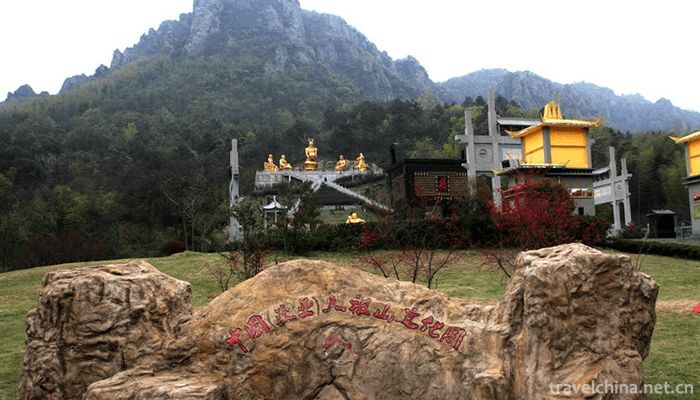
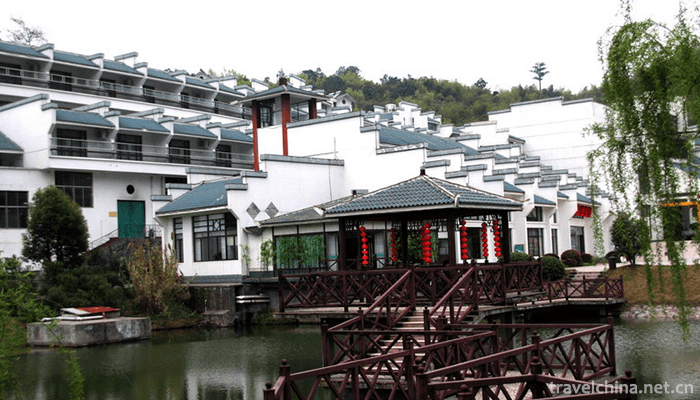
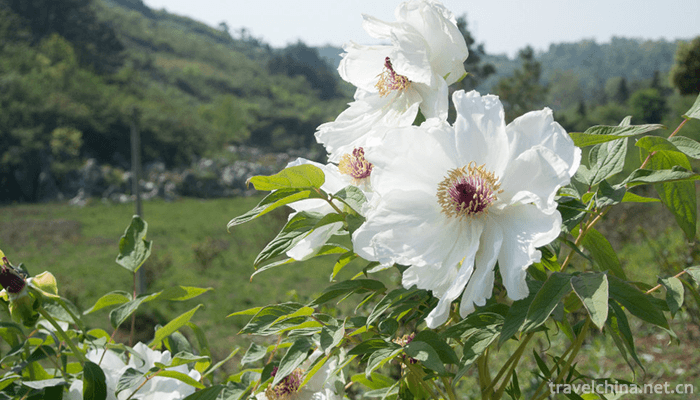
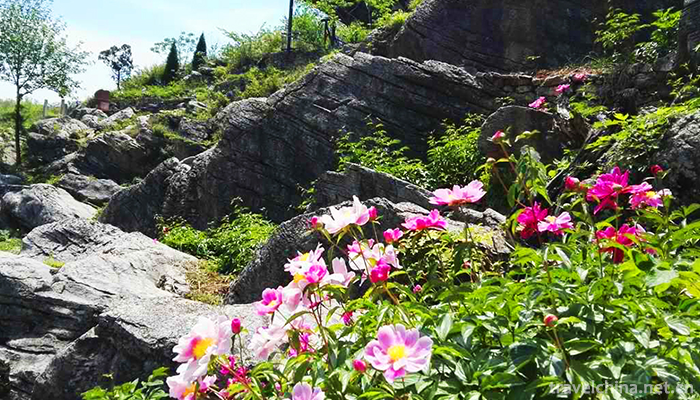
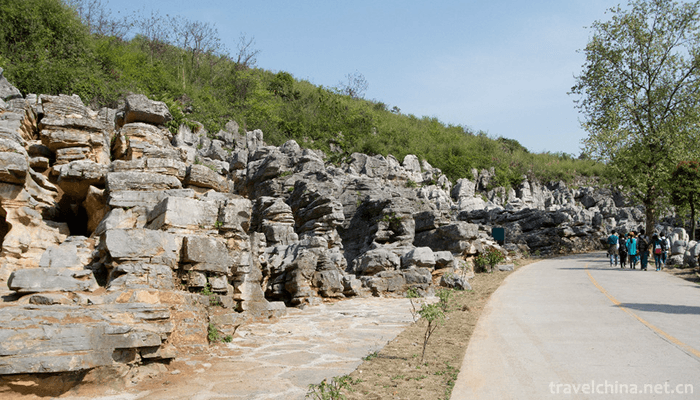
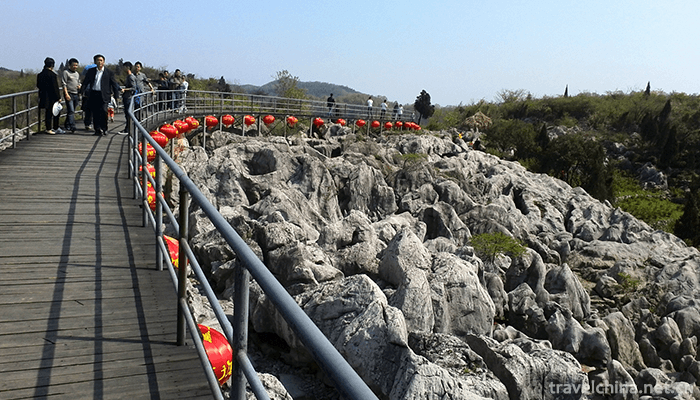
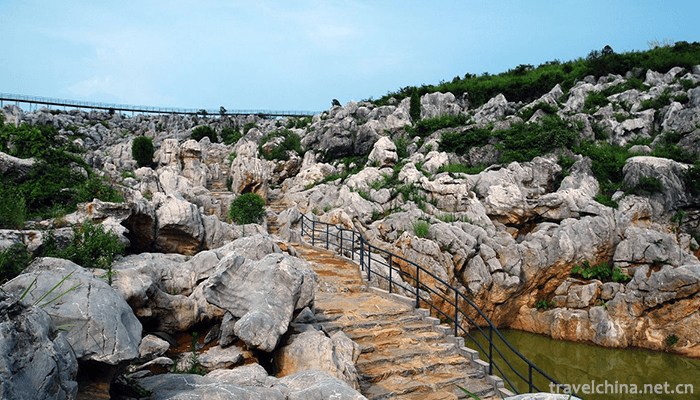
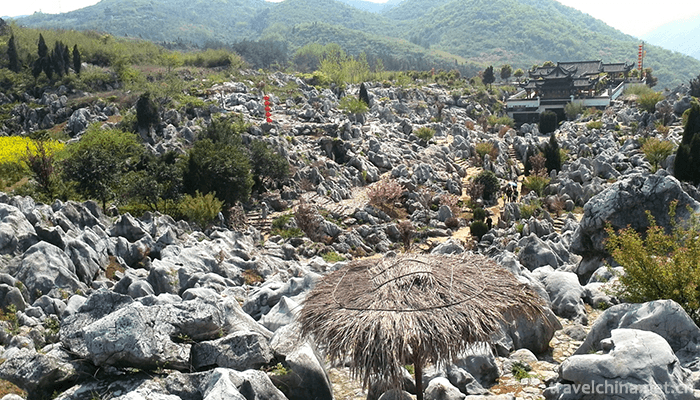
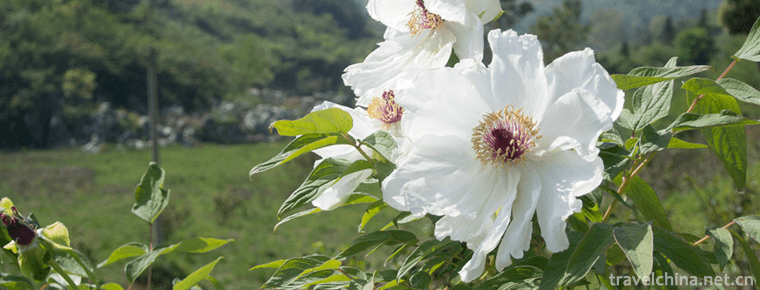
-
1.Sweet potato porridge
Main ingredients for food ingredients: 250 grams of fresh sweet potato, 150 grams of Japonica rice, a number of red dates, and a proper amount of sesame seeds
Time 2018-11-02 -
2.Yin and yang
There are three characteristics of yin yang philosophy: unity, opposition and interaction. In thinking, it is an inseparable node of arithmetic and divination.
Time 2018-11-13 -
3.Oroqen Folk Songs
The Oroqen nationality mainly distributes in the Oroqen Autonomous Banner, Buteha Banner of Hulunbeier League, Inner Mongolia Autonomous Region and
Time 2019-04-28 -
4.Legend of Camel Spring
Camel Spring is a provincial key cultural relic protection unit and a patriotic education base. Located in Jiezi Township Unity Village, with convenient transportation and direct access to tertiary oi
Time 2019-05-15 -
5.Miao Flower Jumping Festival
Flower Dancing Festival is a traditional festival of the Miao people in Anshun. Legend has it that Yang Lu, a hero of the Miao people, rose up. Till now, Huashan, outside the North Gate of Anshun, is
Time 2019-06-05 -
6.Miao brocade weaving skills
Miao brocade is woven by Miao women using silk, ramie, kapok and other fibers produced locally. Miao brocade, also known as weaving flowers, is a pattern fabric formed by weaving. The color weft is fu
Time 2019-06-05 -
7.Meat rustles
"Meat Lianliang" refers to the native minority local dance variety in Lichuan City, Hubei Province, which takes the unique body performance as the main form. It is popular in the city's Duti
Time 2019-06-11 -
8.Architectural Construction Skills of Shikumen Lane
Shikumen is a new type of architecture which combines the characteristics of western culture and traditional Chinese dwellings. Shanghai Shikumen Lane Residence originated in Tongzhi Period of Qing Dy
Time 2019-06-15 -
9.Shuixiang Opera
Shuixiang opera is a traditional folk cultural activity in Shaoxing, Zhejiang Province. Waterfront theatres are mostly built on rivers in front of temples such as land temples, so they are called &quo
Time 2019-06-16 -
10.Uygur Karakul fetus
There is a folk song "Turpan grape Hami melon, turtle's lamb a flower". Shaya Uygur Hatters use local lamb skin to make various hats, such as Duhuawa, Wuniqie and Dulikun, for people to buy.
Time 2019-06-26 -
11.Bamboo weaving
The traditional bamboo weaving technology has a long history and is rich in the crystallization of the hard work of the working people of the Chinese nation. Bamboo weaving crafts are divided into fin
Time 2019-08-10 -
12.Nanchong City honor
"Three products" strategy demonstration city of consumer goods industry, charming city with Chinese characteristics, national garden city and excellent tourism city in China
Time 2020-12-17